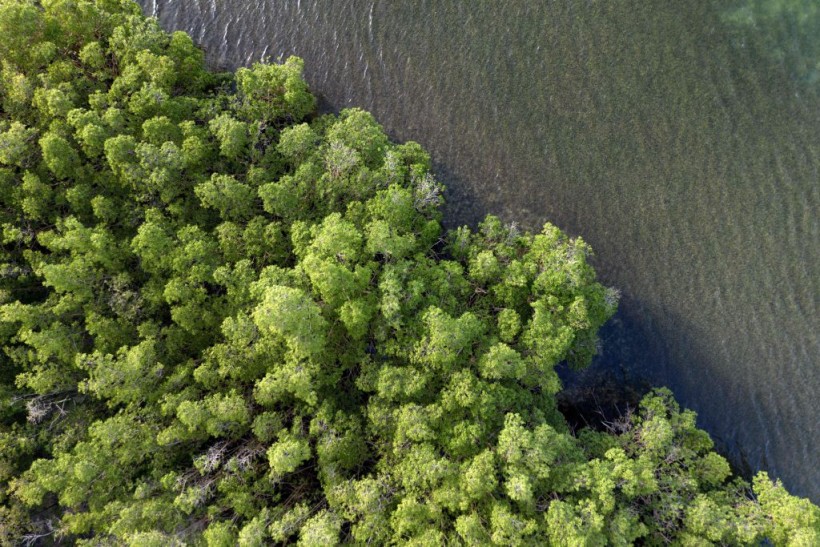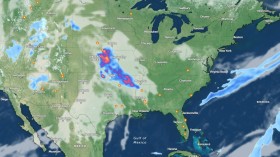A recent study stated that the fossils discovered in Barro Colorado Island (BCI) suggested that the central Panama was once home to a vast mangrove forest.
Experts said that the forest was preserved when a volcanic mudflow buried it 23 million years ago.
Volcanic Activity

Researchers first discovered the fossils in 2018 when they had a geological expedition across BCI.
They described the remains of an Early Miocene mangrove forest, based on a fossil wood assemblage, discovered in Barro Colorado Island, Panama.
Sedimentological and stratigraphic analysis suggested that the fossil trees grew in marginal marine to coastal fluvial settings and were buried under a volcanic lahar flow in a single event.
Further, radiometric analyses of a tuff associated with the fossils gave a date indicating an assignment to the Aquitanian stage of Early Miocene.
During this time, central Panama was part of a long and narrow peninsula with intense volcanic activity that connected it with North America and was separated from South America by the Central American Seaway.
Researchers said that a total of 121 fossil wood specimens have been located.
''Wood anatomy indicates that most of the identifiable specimens belonged to the same morphotype, which has anatomical traits similar to Sonneratia (Lythraceae), a mangrove tree that is native to Southeast Asia,'' the study said.
Experts named this morphotype as a new fossil species: Sonneratioxylon barrocoloradoensis Pérez-Lara., sp. nov. Biomechanical estimates indicated that S. barrocoloradoensis had a mean tree height of 25 m with some specimens reaching 40 m, in contrast to modern Sonneratia and other extant mangrove forests, which generally have lower mean heights.
The dominance of S. barrocoloradoensis, its similarity to Sonneratia, and the depositional setting suggested that the fossil wood assemblage on Barro Colorado Island comprised a mangrove forest growing along the coast of the volcanic chain of central Panama.
Read Also: Mangrove in the Desert: Thriving Effort to Combat Climate Change
Most Intensively Studied Tropical Forest
According to the study, BCI is the top of a hill that became an artificial island when its surroundings were flooded during the creation of the Panama Canal.
Since 1923, this island has been a research station, now the most intensively studied tropical forest in the world.
Experts said that the BCI forest is a tropical moist deciduous forest, with a mean annual temperature of 27 °C, a mean annual precipitation of 2581 mm·yr- 1 mm, and an elevation of 120-160 m above sea level.
They bared that during a 2018 geological exploration of BCI, some scientists found abundant fossil wood in one of BCI streams (named here "Shannon Stream", as it runs parallel to the Shannon trail).
Researchers said that these remains were subsequently looked into as they have reported in the study.
They said that the fossil forest could give a window into the initial stage of BCI soon after its emergence from the ocean during the early Miocene, a warm period with a mean annual temperature ∼ 2° Celsius warmer than today and CO2 levels above 500 ppm.
The first widespread pulse of terrestrial landscape development in Central Panama occurred during the early Miocene because of the tectonic collision between South America and the southern end of the Caribbean plate.
Related Article: Ancient Mangrove Ecosystem "Trapped in Time" in the Heart of the Yucatan Peninsula
© 2024 NatureWorldNews.com All rights reserved. Do not reproduce without permission.


![Roundworms with Short Memories 'Stop Forgetting' When Frozen or Given Lithium [Study]](https://1471793142.rsc.cdn77.org/data/thumbs/full/70295/280/157/50/40/roundworms-with-short-memories-stop-forgetting-when-frozen-or-given-lithium-study.jpg)


